Thursday, August 29, 2019
7 Retro Trends Making a Comeback
Each year, fashion leaves a strong impression on the design industry and its offerings for the season. For 2020, the vibe includes handmade organic details paired with the sparkle of the ’70s disco club and the velvety softness of the ’80s.
But beyond the nostalgic hints that those artistic impressions carry, what lies ahead for interiors? How will we change and evolve in our home environment? Read on and see what speaks to your design style as we approach another new year.
Cork and recycled elements
Many manufacturers, designers and architects have focused their products and projects on a sustainable, environmentally friendly approach to home building and design. Thanks to modern technology, sustainable products don't mean inferior quality, comfort or design.
In fact, these products celebrate eco-chic versions of modern or traditional designs in both elevated and affordable versions. While products like linoleum or cork flooring may have been long forgotten, they will see a strong comeback in the new season, thanks to its natural characteristics.
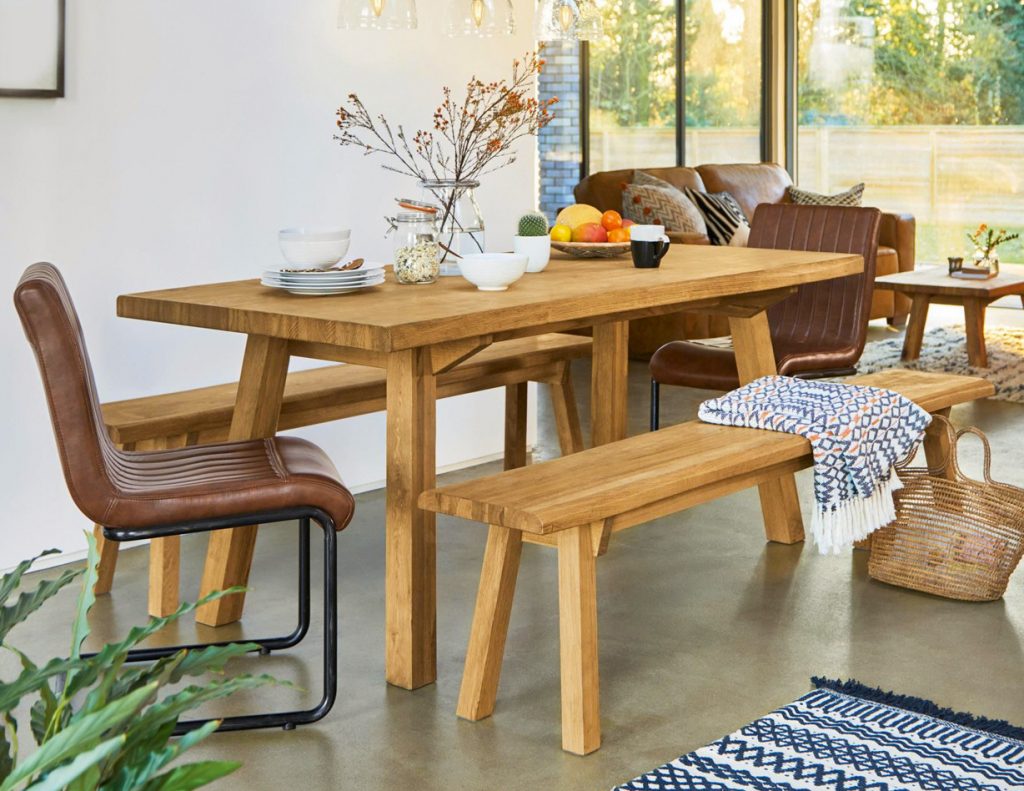
Abloom with florals
The traditional beauty of floral patterns, either abstracted or straight-up chintz, will continue to be the pattern to use, especially when paired with deep luxurious velvets and maximalist styled spaces. But home designer, beware: Chintz can be tricky. Its bold old-fashioned prints can easily turn to frilly English bed-and-breakfast if you’re not careful. When done right, the floral theme can add color, texture and just the right touch of classic elegance to your interior.
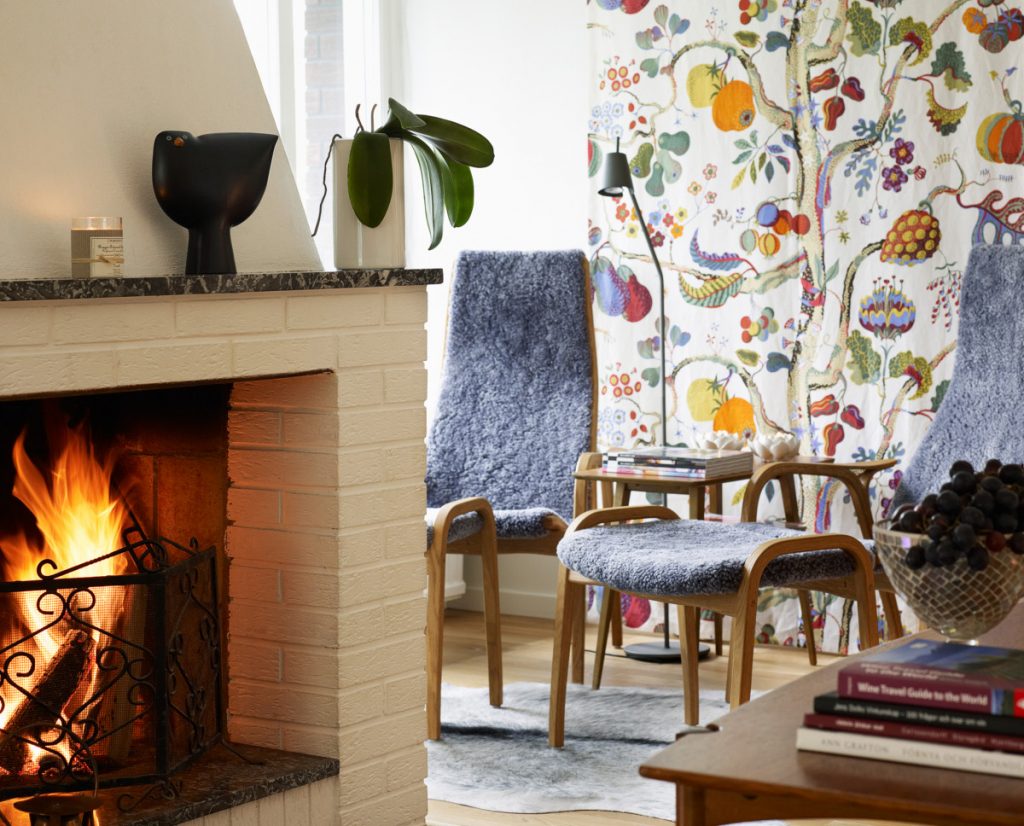
Handmade accents
Handmade items made with sustainable materials like jute, rice paper and clay will be all the rage in 2020. These elements go far in grounding a home, allowing its inhabitants to be in touch with the earth and their roots. The incorporation of natural materials popular years ago - like caning, rope, sea grass and bamboo - has a strong influence over modern furniture silhouettes and decor details. Elaborately embossed wall coverings, including gold rivets and metallic accents, give surfaces a beautiful tactile sensation and modern ambiance.
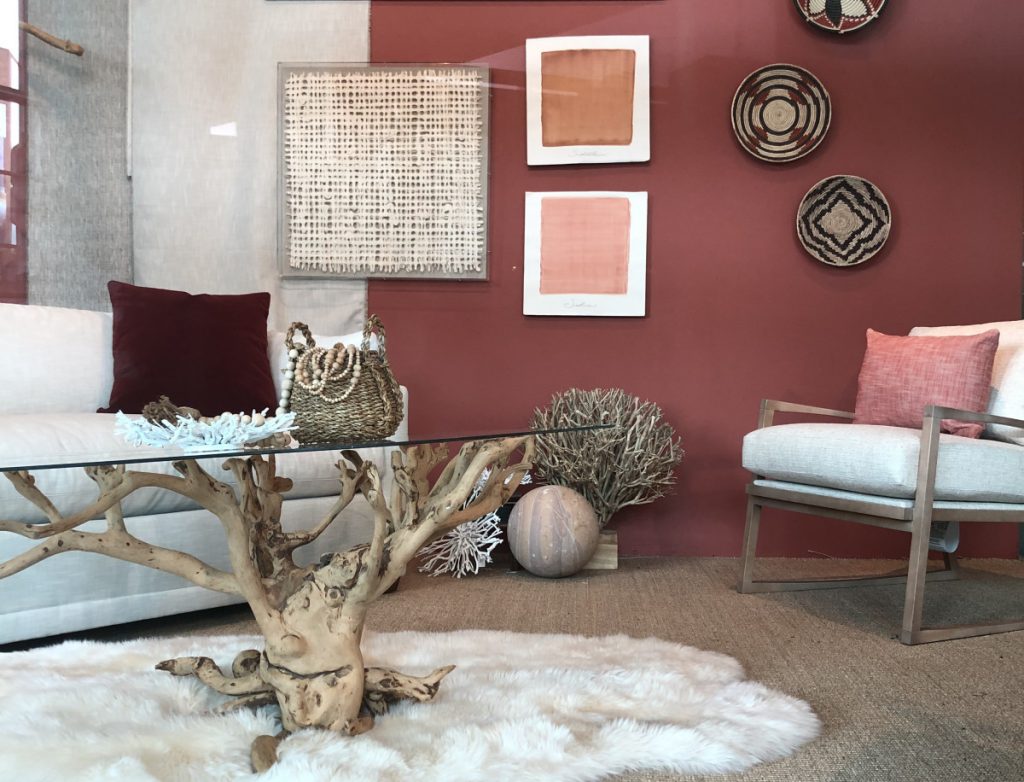
Plastic and acrylic
Increasing social consciousness around climate change has influenced the design industry to produce products accordingly. Plastics are being used for indoor and outdoor furniture frames, while water bottles are being used to create outdoor rugs and accents.
For a more luxe look, acrylic products are having a comeback, giving a room the architectural structure it needs without taking up visual real estate. Acrylic in a small space, like an entryway or sitting area, provides a surface that can be layered with more organic items and not feel fussy.
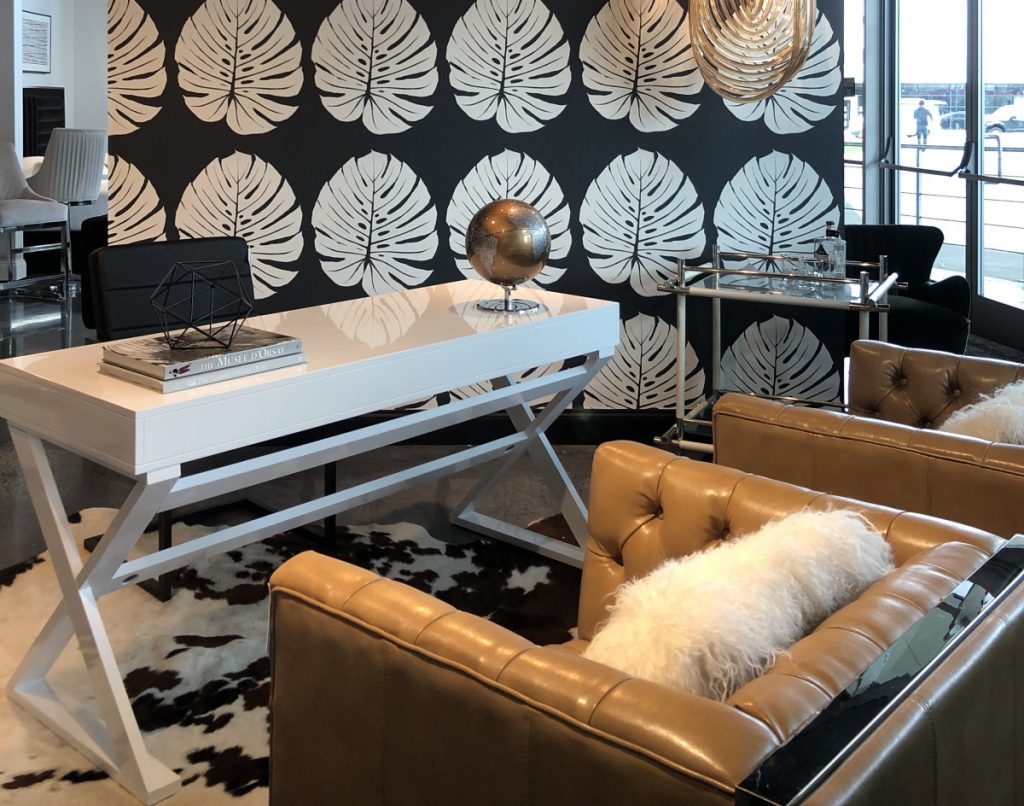
Authentic construction
The rise of digitally printed fabrics has created a true appreciation for real embroidery, thick wool boucles, linens and other artisan-inspired elements. Rich textural expressions are the theme of the upcoming season. Think velvet upholstery, hemp drapery, cork walls, wicker and jute for furniture and finishes.
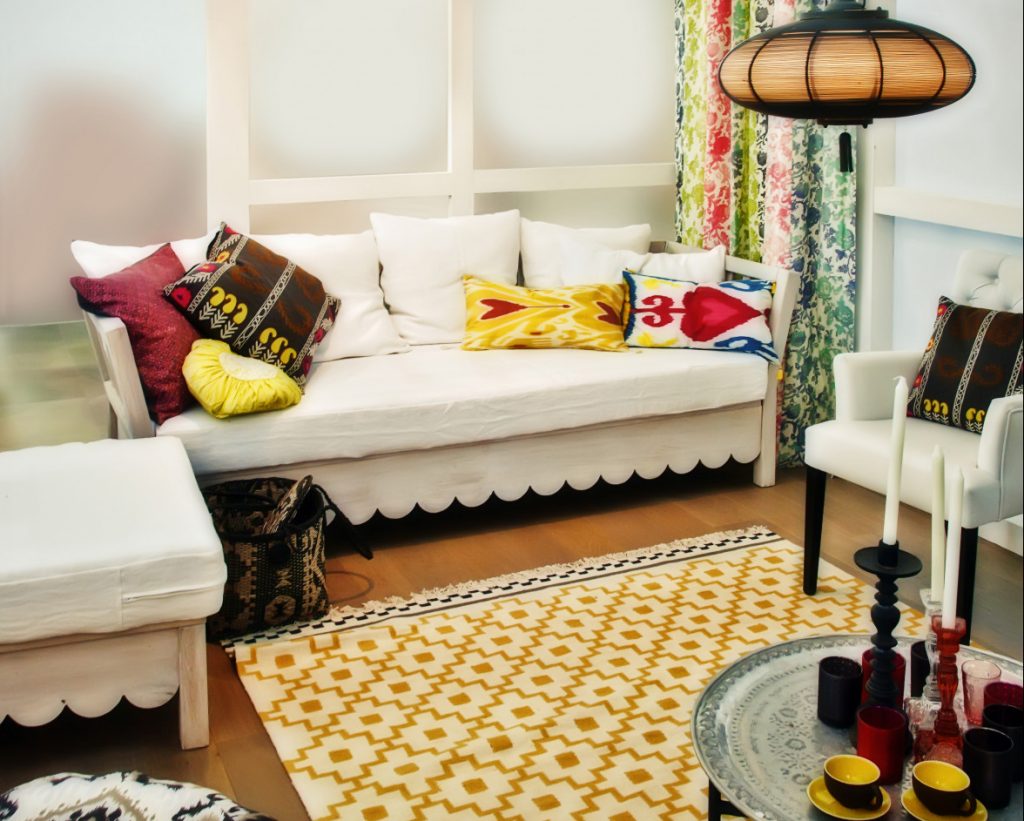
Maximal artwork
The surge of minimalism and Scandinavian design, characterized by neutral colors and simple materials, is finally declining. In its place, bright colors and graphic patterns are becoming more prevalent in the home.
Don't be afraid to mix colors, patterns and textures. Take a gallery wall to the next level by having it cover an entire wall, or add a dramatic large-scale piece to your space. In this case, more is more.
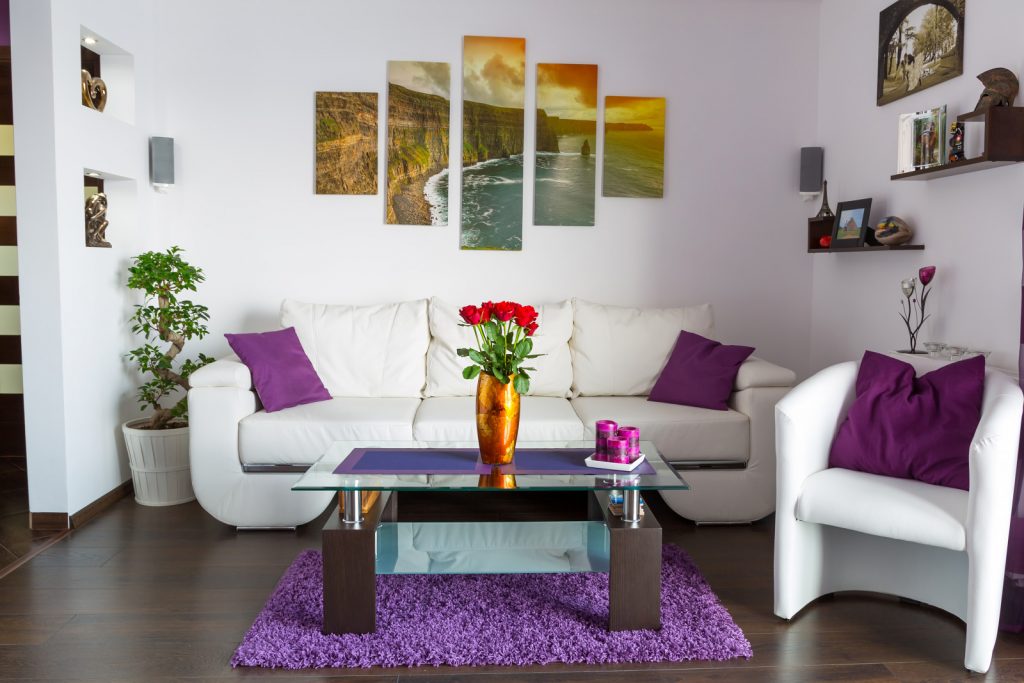
Metallic accents
And speaking of timeless metal accents, sparkle is still on the design scene for living room decor compositions. Add a hint of disco glamour and luxury by introducing bronze, gold and chrome details through decorative accents, furniture inlays, hardware, lighting, mirrors and accessories.
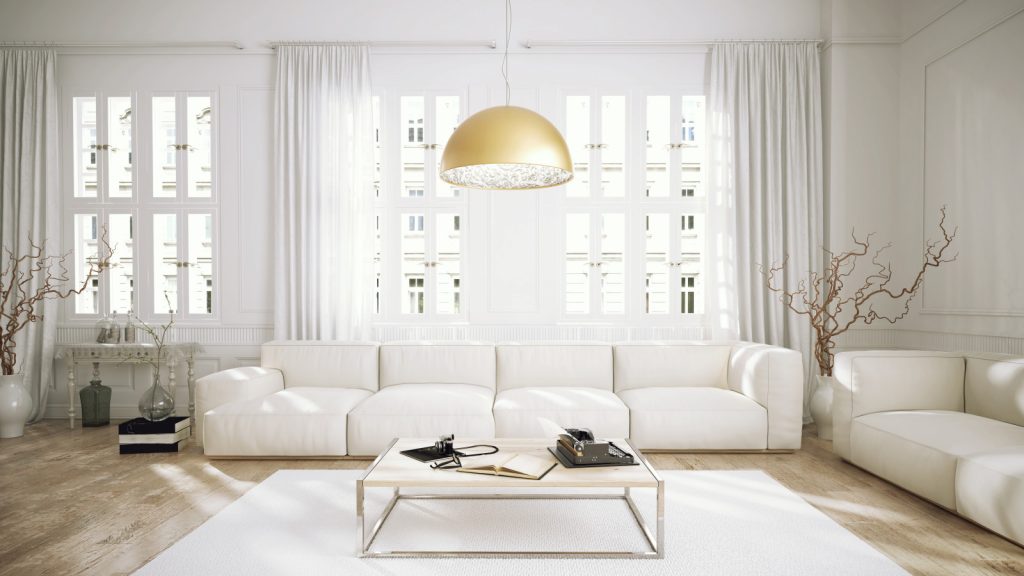
Related:
- Creative Ways to Add Color to Your Rental
- 3 Design Tricks That Will Make Your Small Space Feel Big
- A DIY for the Books: How to Get Custom Built-In Shelves on a Budget
via Zillow Porchlight https://ift.tt/30HJ5GN
8 Ways to Incorporate Your Passions Into Your Home Decor
Your home reflects who you are, and you're way more than a selection of tasteful paint and furniture. Why not celebrate your passions by incorporating them into your decorating? When your talents, skills, and hobbies are on display as a natural part of your decor, you feel more inspired and more at home.
You don't have to remake your life to incorporate your passions into your home decorating. In many cases, just a small change of storage or placement will make all the difference - and you may even save money because you're using items you already own.
If something makes you happy, bring it out and let it shine.
Store your tools in arm's reach
Many creative hobbies come with beautiful tools. Don't hide your paintbrushes or yarn - show them off with pride of place!
Make sure to put tools you use frequently in accessible places where you can grab them. Nothing's worse than being inspired to create and having to wrestle a guitar off the wall or extract a crochet hook from the back of a cabinet. A good rule is to keep anything you use once a week or more within easy reach.
Display seasonal equipment year-round
Just because you can only ski a few months out of the year doesn't mean you forget about hitting the slopes. Keep your seasonal passions alive by keeping them in sight, but out of the way.
Mount skis or fishing poles over a door in the off season. If you have space above kitchen cabinets, that's a great place for the gorgeous fondue set you only use in winter. You could even ceiling-mount a canoe paddle - or the whole canoe if there's room. The good thing about most seasonal equipment is that you use it outside, so you don't have to worry too much about interim storage.
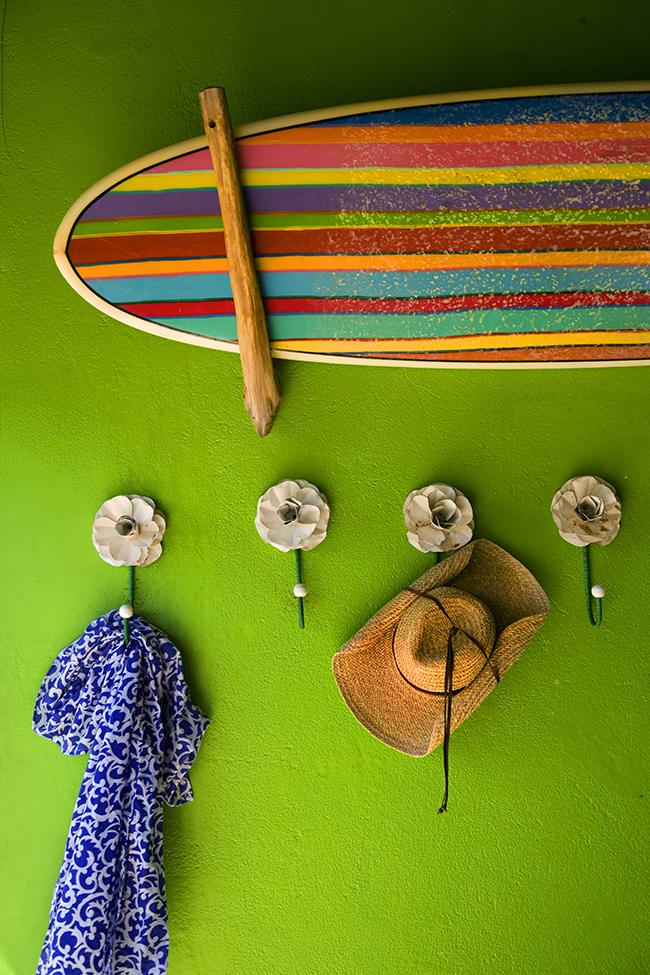
Put your talents to work
Give your creative passions room to shine in everyday life. If you're great at calligraphy, write a stylish meal-planning list for your week or create a framed school checklist to put by the front door.
Woodworkers can make anything from cutting boards to furniture. If you embroider, make your own cushion covers and embellished hand towels. Potters, once you fill your mug cupboard, branch out into making planters and wall hooks.
For almost any art or craft, there's a practical application, so make it a fun challenge to find yours.
Bring the mass-appeal objects into the conversation
When you have an interest in common with someone, the conversation just flows. That's why it's great to have some pop-culture touchpoints in your living space. Items like framed vinyl albums give your guests an easy way to learn about your interests and start talking.
Not everyone will be able to contribute to a discussion about your 19th-century Japanese chisel, but almost everyone who sees your framed program will remember the first time they heard about "Hamilton.”
For a living room where you entertain friends, or a home office where you have clients, these objects can help create connections.
Let your collection tell a story
When you're a collector, every piece has a story. As a whole, the items in a collection tell a narrative of their own history and how they came into your life.
Keep collections in a place of honor where the whole story can come together. Cabinets and display shelves are great for 3D objects like glassware, figurines and curios, and albums are perfect for stamps, old photos and ephemera.
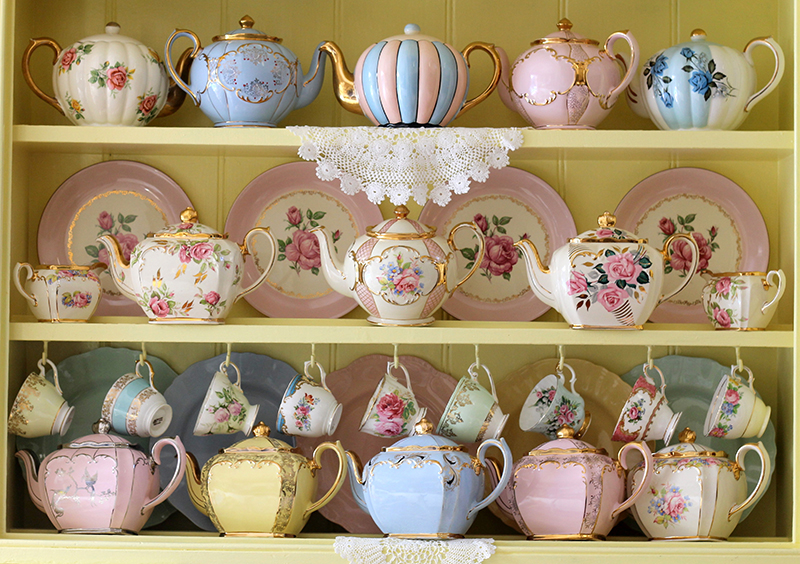
Active items inspire action
If you need a little motivation to practice your passion, let your decor help inspire action. Match each inspiring object with the place you're most likely to need a boost.
If you aren't feeling your usual gourmet self, display your antique bakeware in your kitchen. To help with writer's block, display your diploma, your first pitch acceptance letter or special first editions of your favorite books over your desk. Hang athletic medals and photos of you at the finish line over the shoe bin near your entryway to encourage you to go for a run.
Match the vibe of the room
In general, keep the purpose of the room in mind when deciding where to display your prized possessions. Don't just go by where you have available wall space; take time to find the right fit.
A shelf of antique clown toys can look great in an office or playroom, but might not feel restful in your bedroom. And your championship soccer cleats or a signed football may be perfect inspiration in your workout room, but they're less than appetizing hanging in the dining room.
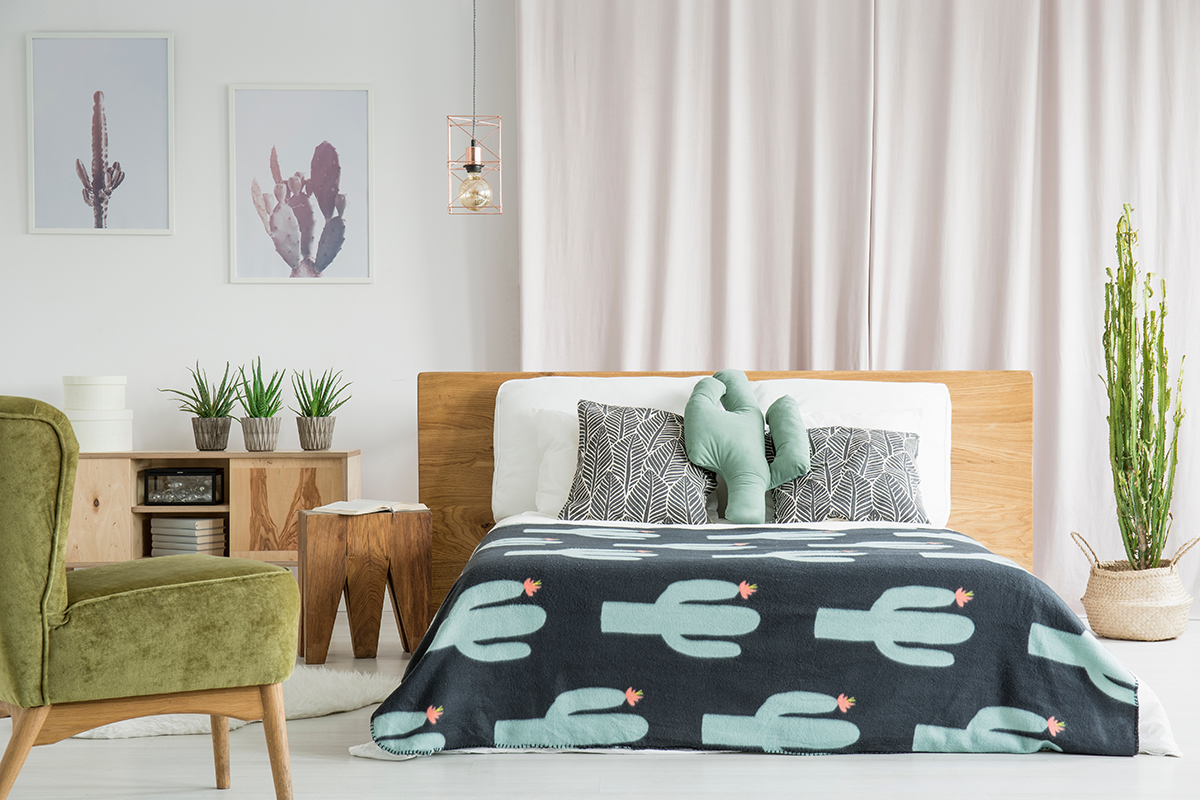
Mellow treasures set the mood
Some of your possessions are just for you, and they spark special memories and feelings when you see or touch them. If you have an object that brings your comfort, place it according to how it makes you feel. Does that beach rock make you feel calm? Keep it by your bedside.
If your grandpa's old pipe reminds you of how he taught you to read, keep in in a display case on a bookshelf or by your desk.
These are just a few of the ways you can bring your passions into your home decorating. Hopefully these ideas inspire you to bring your most important possessions into your decor, so you can keep those passions alive in your daily life.
Related:
- 7 Ideas for Personalized Home Accents That Are All About You
- Quiz: What Style Is Your Dream Bedroom?
- Get Hygge: Cozy Up to Scandinavian Simplicity
Originally published April 2018.
via Zillow Porchlight https://ift.tt/2vPHROr
Thursday, August 1, 2019
Don't Believe These 5 Myths About Real Estate Agents
Buyers and sellers often enter the market with misconceptions about real estate agents - how they work, how the process works and what the agency relationship is all about.
It’s helpful to point out, without getting too far into the weeds, that in any one real estate transaction, there are most likely two agents: one for the buyer and one for the seller.
Here are five myths (and five truths) about working with both buyer's and seller's agents.
1. Agents get a 6% commission, no matter what
Most people assume that their agent is pocketing the entire commission. That would be nice, but it’s just not accurate.
Truth
First, it's helpful to know that the seller pays the commission, and they split it four ways: between the two brokerages and the two agents.
Finally, the brokerage commission isn't fixed or set in stone, and sellers can sometimes negotiate it.
2. Once you start with an agent, you're stuck with them
If you're a seller, you sign a contract with the real estate agent and their brokerage. That contract includes a term - typically six months to a year. Once you sign the agreement, you could, in fact, be stuck with their agent through the term. But that’s not always the case.
Truth
If things aren't working out, it's possible to ask the agent or the brokerage manager to release you from the agreement early.
Buyers are rarely under a contract. In fact, buyer's agents work for free until their clients find a home. It can be as quick as a month, or it can take up to a year or more. And sometimes a buyer never purchases a house, and the agent doesn't get paid.
Before jumping into an agent's car and asking them to play tour guide, consider a sit-down consultation or a call, and read their online reviews to see if they're the right fit.
Otherwise, start slow, and if you don't feel comfortable, let them know early on - it's more difficult to break up with your agent if too much time passes.
3. It’s OK for buyers to use the home's selling agent
Today's buyers get most things on demand, from food to a ride to the airport. When it comes to real estate, buyers now assume they need only their smartphone to purchase a home, since most property listings live online.
Truth
First-time buyers or buyers new to an area don't know what they don't know, and they need an advocate.
The listing agent represents the seller's interests and has a fiduciary responsibility to negotiate the best price and terms for the seller. So working directly with the selling agent presents a conflict of interest in favor of the seller.
An excellent buyer's agent lives and breathes their local market. They've likely been inside and know the history of dozens of homes nearby. They're connected to the community, and they know the best inspectors, lenders, architects and attorneys.
They've facilitated many transactions, which means they know all the red flags and can tell you when to run away from (or toward) a home.
4. One agent is just as good as the next
Many people think that all agents are created equal.
Truth
A great local agent can make an incredible difference, so never settle. The right agent can save you time and money, keep you out of trouble and protect you.
Consider an agent who has lived and worked in the same town for around ten years. They know the streets like the back of their hand. They have deep relationships with the other local agents. They have the inside track on upcoming deals and past transactions that can't be explained by looking at data online.
Compare that agent to one who's visiting an area for the first time. Some agents aren't forthright and might be more interested in making a sale. Many others care more about building a long-term relationship with you, because their business is based off referrals.
5. You can't buy a for sale by owner (FSBO) home if you have an agent
In a previous generation, sellers who wouldn't deal with any agents tried to sell their home directly to a buyer to save the commission.
Truth
Smart sellers understand that real estate is complicated and that most buyers have separate representation. And many FSBO sellers will offer payment to a buyer's agent as an incentive to bring their buyer clients to the home.
If you see a FSBO home on the market, don't be afraid to ask your agent to step in. Most of the time the seller will compensate them, and you can benefit from their knowledge and experience.
Related:
- How Do I Sell My House: Getting Started
- Do I Need an Agent to Sell My House?
- How to Price Your Home to Sell
Note: The views and opinions expressed in this article are those of the author and do not necessarily reflect the opinion or position of Zillow.
Originally published June 2018.
via Zillow Porchlight https://ift.tt/2tQoyk9